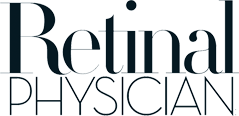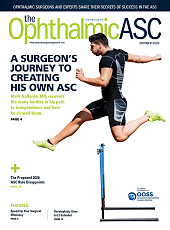The following transcript has been edited for clarity:
Hi, I'm Diana V. Do, MD, at Retinal Physician. Today, I'm joined by Anat Loewenstein, MD. It's exciting your topic for the retina subspecialty day—can you give us the take-home messages about home optical coherence tomography (OCT)?
Dr. Loewenstein: Thank you very much, Diana, it’s great to be here and great to be part of subspecialty day. My talk on home OCT (Scanly; Notal Vision) will emphasize studies that we did to show the agreement and the applicability of the AI analysis of the home OCT as compared to human graders. They also show the importance and ability of home OCT in the real-life management of our patients in the clinic.
Dr. Do: Wonderful. It's exciting to have this technology available in the United States now. I know my patients are eager to use it as we use more extended durability agents.
Dr. Loewenstein: I think this is especially important when we use these new durability agents. Even though we have all these wonderful agents—we have faricimab (Vabysmo; Genentech), 8 mg aflibercept (Eylea HD; Regeneron), TKIs, PDS (Susvimo; Genentech), even genetic therapy—the patients are still very heterogeneous in their responses. And not all patients can have a longer duration, as we did see in the pivotal trial. So, home monitoring is very important, specifically during this time of durable treatments.
Dr. Do: Thank you so much for sharing your expertise. RP








